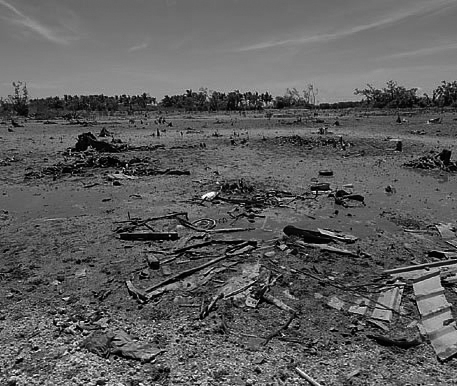Japan's Official Development Assistance White Paper 2009
3. Addressing Global Issues
(1) Environment Issues
Environmental issues have been discussed at the international level since the 1970s. Through discussions at the United Nations Conference on Environment and Development (UNCED, also called the Earth Summit) in 1992 and at the World Summit on Sustainable Development (WSSD) of 2002, their importance has been increasingly recognized. Constructive discussion also took place on environment and climate change at the G8 Hokkaido Toyako Summit held in July 2008 that took up it as one of the major themes. The international community as a whole must address environmental issues for the prosperity of humankind in future.
<Japan's Efforts>
In the area of pollution control, Japan has accumulated a great amount of experience and technology and made use of such experience and technology for the pollution issues in developing countries. Particularly, Japan supports pollution control in urban areas and improving the living environment (air pollution, water contamination, waste management, etc.), mainly in the Asian countries achieving rapid economic growth.
In the area of conservation of the natural environment, Japan provides support to developing countries for nature reserve management, promotion of sustainable forest management, prevention of desertification, and natural resource management, while taking into account the poverty reduction of the residents. Through this support, Japan has contributed actively to the conservation of biodiversity in developing countries. Under the Convention on Biological Diversity, in which Japan participates, the 2010 Biodiversity Target has been set to significantly reduce the biodiversity loss rate by 2010. Further efforts are being made towards the realization of this goal.

Progressing destruction of the environment such as illegal dumping in brackish water where mangroves are growing (Tonga) (Photo: JICA)
• For Environment and Climate Change Measures, see Part I, Chapter 3 on page 17.
Environment Development Plan (Philippines)
In the Philippines, the population is increasing and economic activities are expanding centering on the capital city of Manila, but the deterioration of the living environment, including water shortages, water pollution, air pollution, and the increasing generation of waste, is a serious problem. The promotion of capital investments in order to improve the environment generally does not generate much revenue, and the medium to long-term provision of funds by private-sector financial institutions has been progressing very little. In response to this situation, Japan lends the medium to long-term funds needed for capital investments in order to conserve the environment through an ODA loan of approximately ¥24.8 billion to local private companies, local governments, and government-financed companies. The funds that were lent are appropriated to loans for, and the cost of consulting services regarding: (1) water supply and the conservation of water quality (the development of water supply and sewerage facilities), (2) renewable energy, (3) preventing industrial pollution, and (4) disposal of solid, medical, and hazardous waste.
